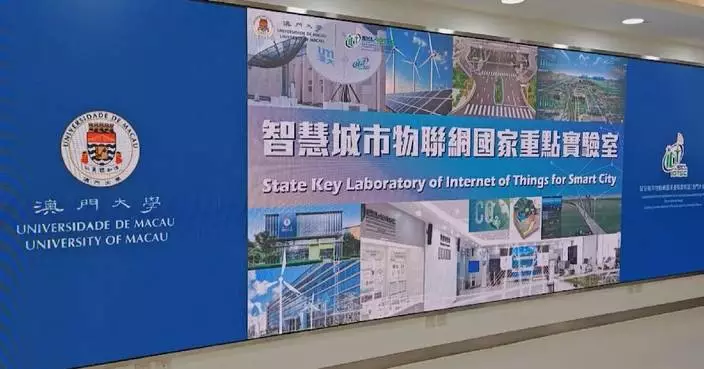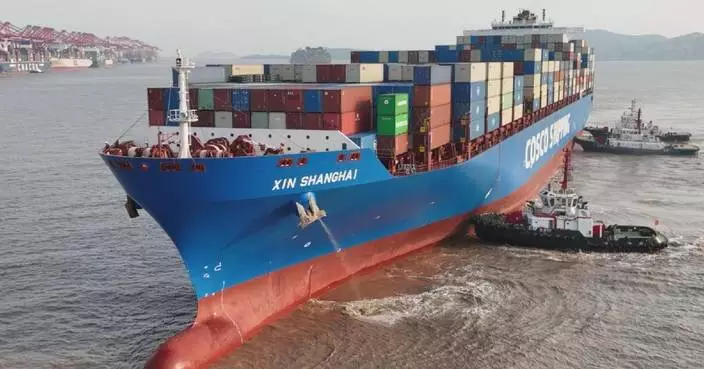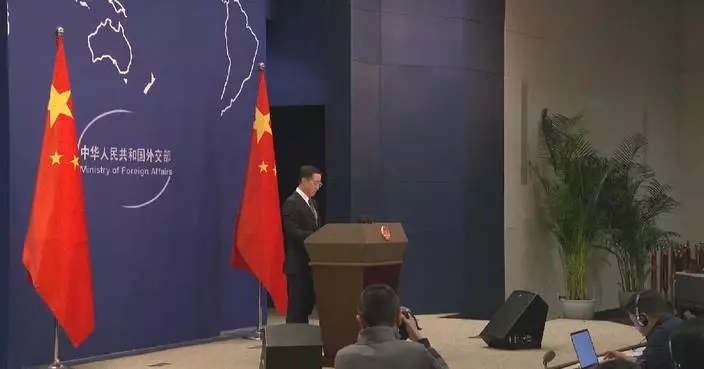China's hydrogen industry has seen a significant increase in export orders for electrolysers, driven by a global shift towards clean energy and a growing number of green hydrogen projects abroad.
Electrolysers, the key equipment used to produce hydrogen from water, are likely to become a new growth driver for the export sector following batteries, photovoltaics, and electric vehicles.
One leading Chinese electrolyser manufacturer in Handan City, north China's Hebei province, has already doubled its production in the first half of this year compared to the same period of last year, with export orders primarily coming from Europe and North America.
The company is actively expanding its production capacity, with over 50 percent of its future output earmarked for overseas markets.
"Our current production capacity is 350 sets of water electrolysis hydrogen production equipment per year, and by the same period of next year, this number will reach over 1,000," said Ding Rui, deputy general manager of the hydrogen energy technology company. Industry experts highlight the growing global trend of using renewable energy sources like solar and wind power to produce green hydrogen through water electrolysis. This has led to a significant increase in green hydrogen projects under construction and planning worldwide.
The Middle East and North Africa, which are rich in renewable energy resources, are particularly eager to import electrolyser equipment due to their limited domestic supply capacity. This presents significant market opportunities for Chinese electrolyser manufacturers.
"According to our statistics, by 2030, global green hydrogen production capacity will exceed 40 million tons per year, corresponding to an electrolyser installed capacity of about 460 gigawatts, creating a vast market space worth nearly a hundred billion dollars," said Zhang Yu, secretary-general of the Hydrogen Energy Branch of the China Association for the Promotion of Industry Development.
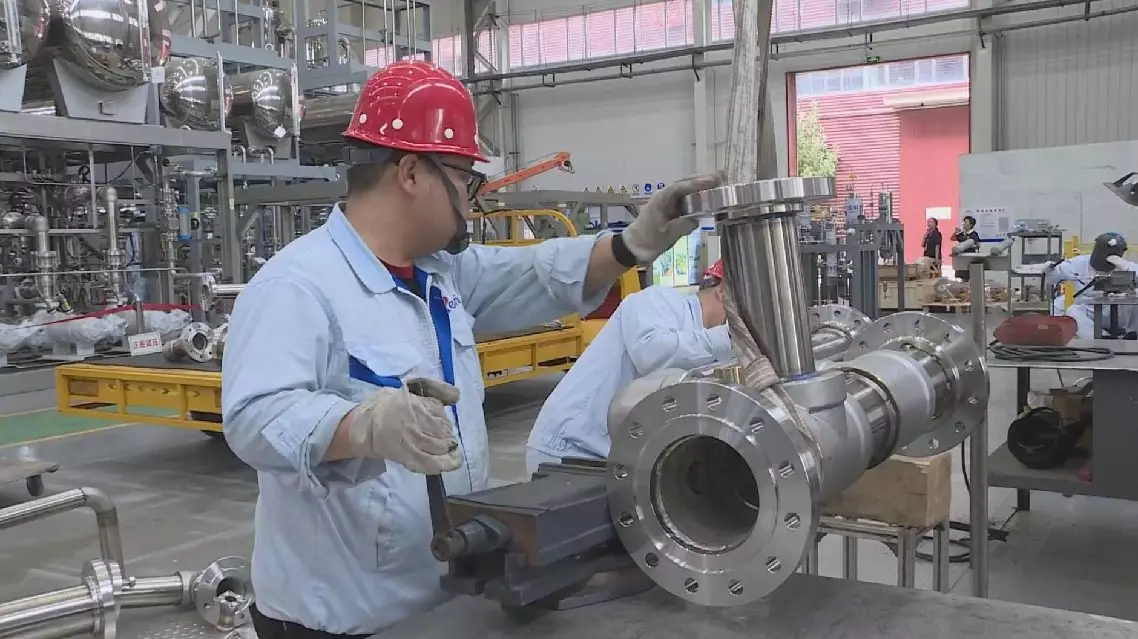
China's hydrogen industry rides green wave with electrolyser export skyrocketing
Macao has been emerging as a global hub for conventions and exhibitions in recent years by exploring the enormous opportunities in the sector, driving the region to advance its economic diversification and embrace a brighter future.
Macao has received many awards this year, such as the Best Convention City (Asia) and the Best BT-MICE City, showcasing the recognition for and influence of Macao's exhibition industry.
More than 1,000 electronic game enthusiasts from all over the world gathered recently in Macao to participate in a esports themed event.
Su Zhili, organizer of the event, said that Macao's rich experience in hosting large-scale events, coupled with its good infrastructure, has driven him to choose the region as an ideal destination to hold such an activity.
"Macao has held many similar large-scale events. It has rich experience, and the facilities at the venue are relatively mature, so we can start our work comfortably," said Su.
During the first three quarters of 2024, Macao held more than 1,000 conferences and exhibitions in total.
"We will invite more professional, special conferences to be held in Macao and also cultivate more exhibition brands with international influence in Macao, so as to promote Macao's exhibitions to be more market-oriented, professional, international, digital and greener from various aspects. This is our goal," said Elaine Wong, member of the Macao Commerce and Investment Promotion Institute.
In addition, multiple large exhibitions and conferences, such as the Macao International Trade and Investment fair, the Macao Franchise Expo, and the International Infrastructure Investment and Construction Forum, are held regularly in Macao.
With the introduction of a series of policies and measures to facilitate the exchanges between the mainland and Macao, as well as the construction and development of the Guangdong-Hong Kong-Macao Greater Bay Area and the Guangdong-Macao In-Depth Cooperation Zone in Hengqin, Macao's convention and exhibition industry will embrace more opportunities for development in the foreseeable future.
"We have such a good industrial base in the Greater Bay Area. The mode of 'Convention and Exhibition + Industry' not only integrates the industries of Macao, but also the industries of the Greater Bay Area. In addition, Macao actively integrates into the national development and plays a role in the Belt and Road. Why are we so confident in Macao's convention and exhibition sector? Because it is backed by the motherland, and the country gives Macao great support," said Alan Ho, chairman of the Macao Association of Convention, Exhibition and Tourism Sectors.
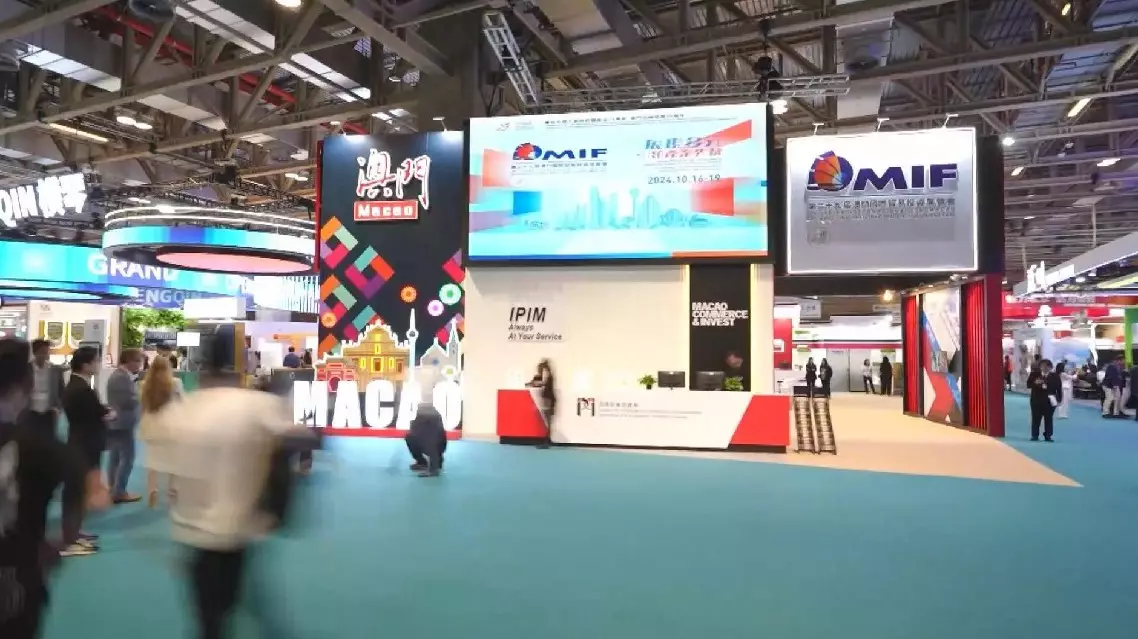
Macao emerges as global hub for conventions and exhibitions, driving economic diversification and international recognition





